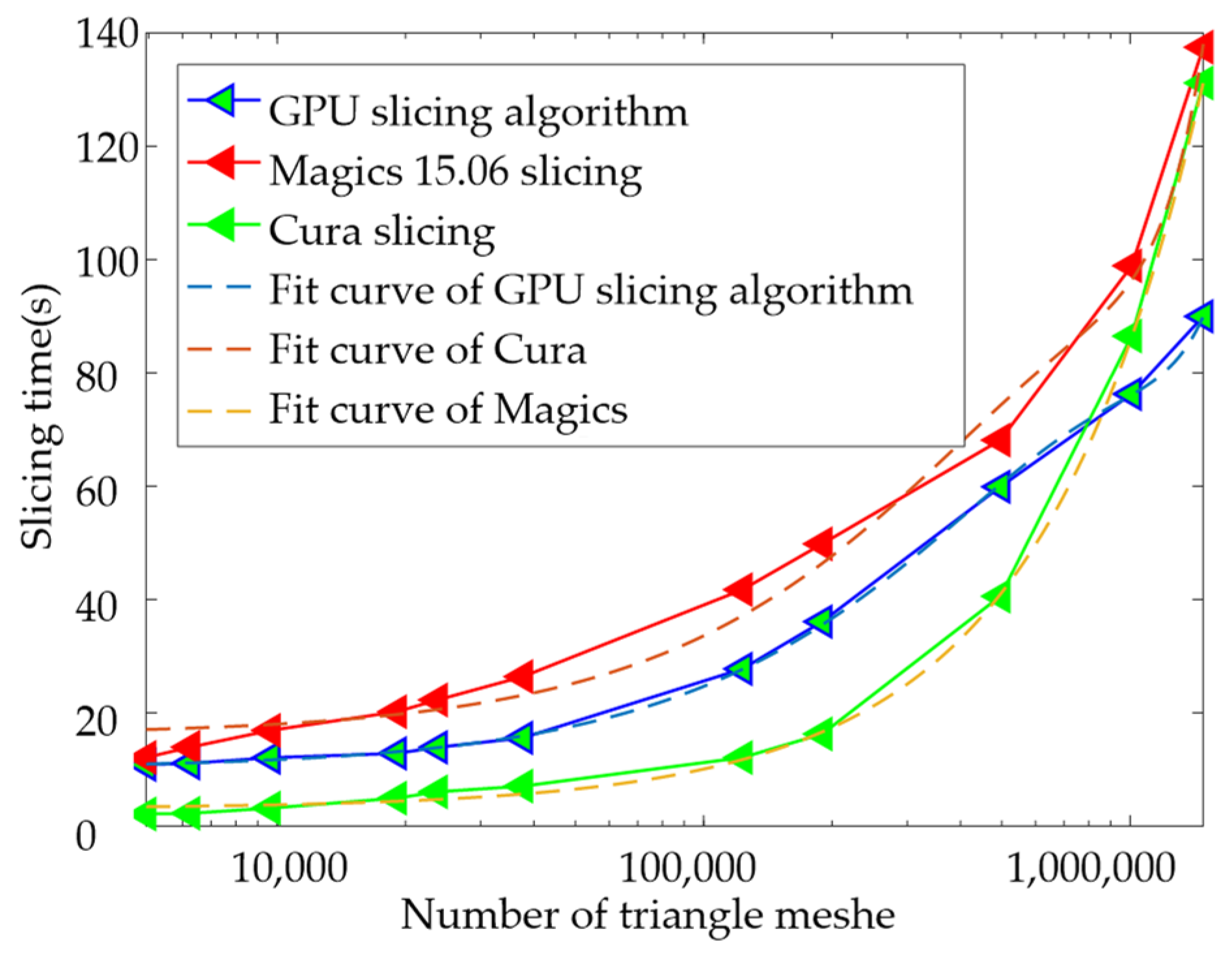
- TEXTURES NOT SHOWING UP IN SL CACHE VIEWER HOW TO
- TEXTURES NOT SHOWING UP IN SL CACHE VIEWER CODE
- TEXTURES NOT SHOWING UP IN SL CACHE VIEWER SERIES
Tells the Unity Editor to hide this property in the Inspector. For color properties, the Unity Editor uses the HDR color picker to edit this value. Indicates that a texture or color property uses high dynamic range (HDR) values.įor texture properties, the Unity Editor displays a warning if an LDR texture is assigned. For more information, see Properties in Shader Programs. Indicates that a float or vector property uses sRGB values, which means that it must be converted along with other sRGB values if the color space in your project requires this. These let you control how material properties appear in the Inspector window. In addition to the attributes listed here, you can use the same syntax to add a MaterialPropertyDrawer to a material property.
TEXTURES NOT SHOWING UP IN SL CACHE VIEWER HOW TO
Material property declarations can have an optional attribute that tells Unity how to handle them. If you would rather edit the values using a color picker, use the Color type. The Material Inspector displays four individual float fields. _ExampleName ("Example vector", Vector) = (.25. If you would rather edit the values as four individual floats, use the Vector type. The Material Inspector displays a color picker. This maps to a float4 in your shader code. _ExampleName("Example color", Color) = (.25. _ExampleName ("Texture2D display name", 2D) = "" The maximum and minimum values for the range slider are inclusive. _ExampleName ("Float display name", Float) = 0.5 Note: In spite of the name, this type is actually backed by a float.

_ExampleName ("Int display name", Int) = 1 The examples on this page follow this convention. In shader code, it is conventional to begin all property names with an underscore character. The type name and the syntax for the default value depend on the type of the property. Material property declaration syntax by type
TEXTURES NOT SHOWING UP IN SL CACHE VIEWER SERIES
Render pipeline compatibility Feature nameīuilt-in Render Pipeline A series of operations that take the contents of a Scene, and displays them on a screen. More info See in Glossary (for example, if you are making procedural content), if the properties cannot be made into material properties, or if you don’t want them to be edited in the Inspector.
TEXTURES NOT SHOWING UP IN SL CACHE VIEWER CODE
The only times that you would normally not create a material property is if you want to set shader property values entirely using scripts A piece of code that allows you to create your own Components, trigger game events, modify Component properties over time and respond to user input in any way you like. * Changes do not persist between sessions. * There is no visual editor for these values. * You can still get or set the value of a variable in a Shader object by calling a function on a material.




 0 kommentar(er)
0 kommentar(er)
